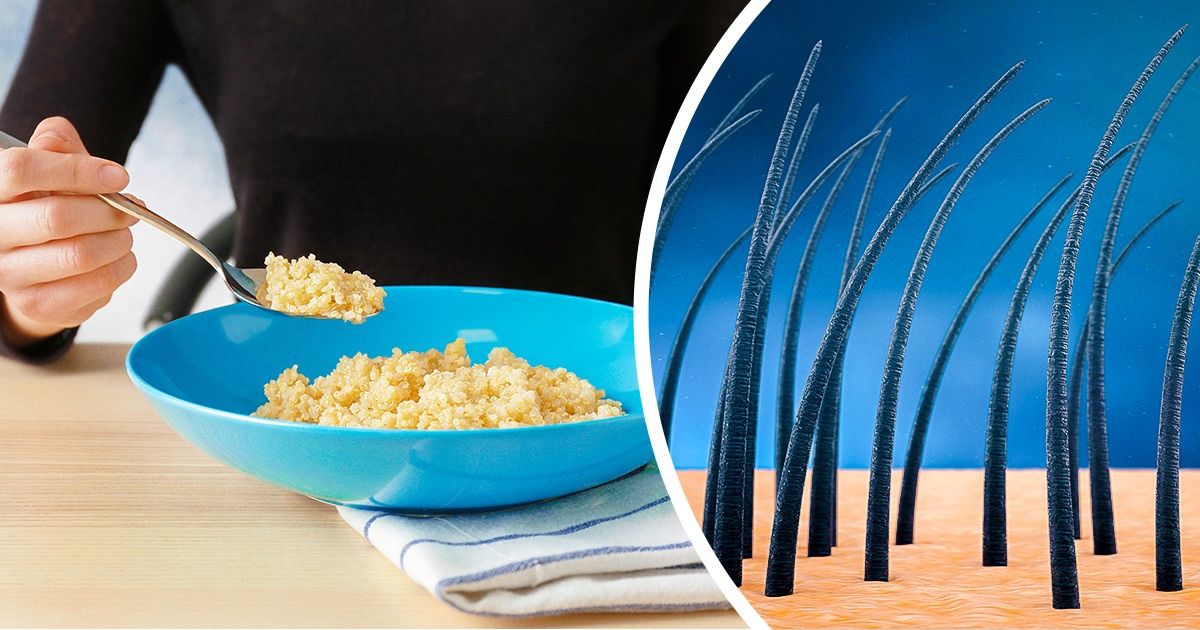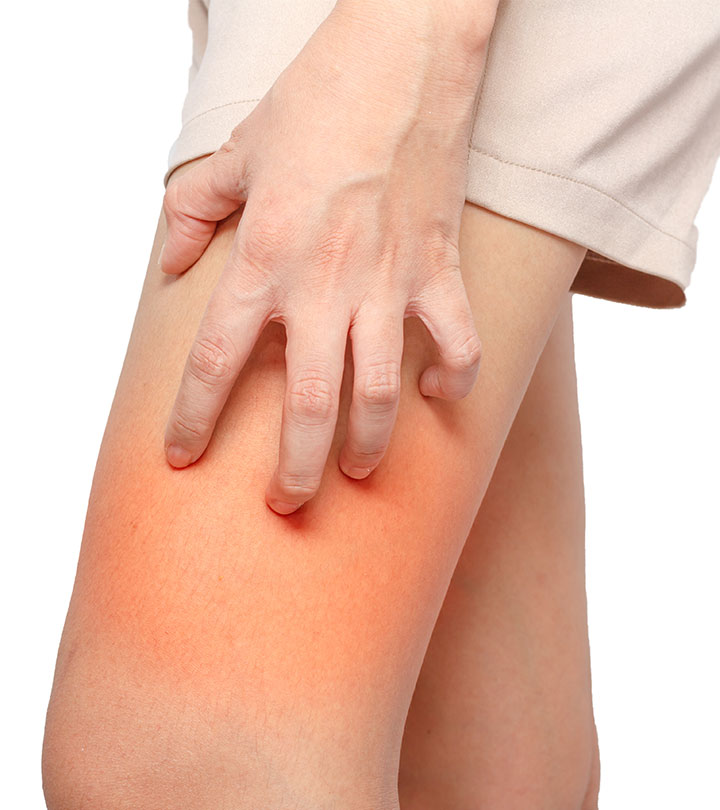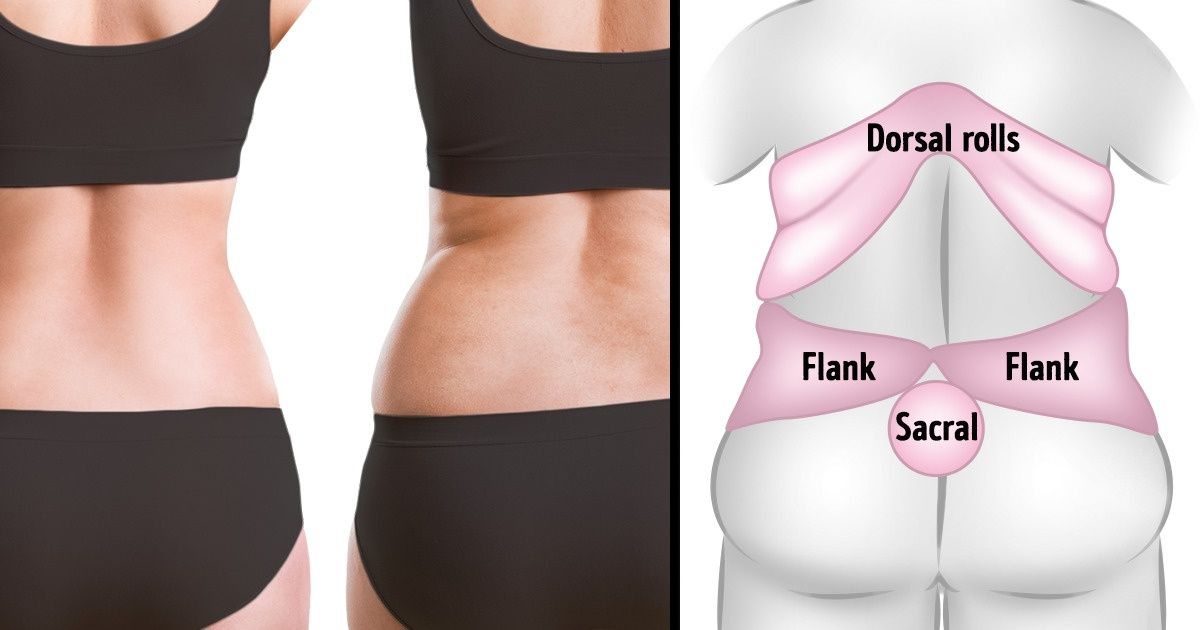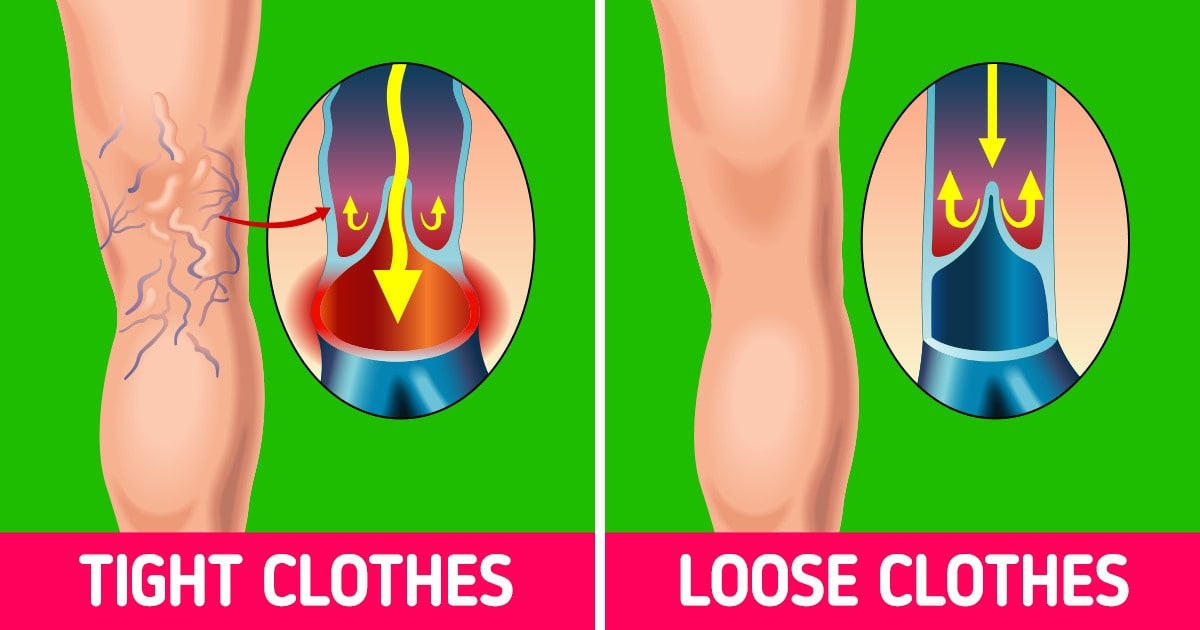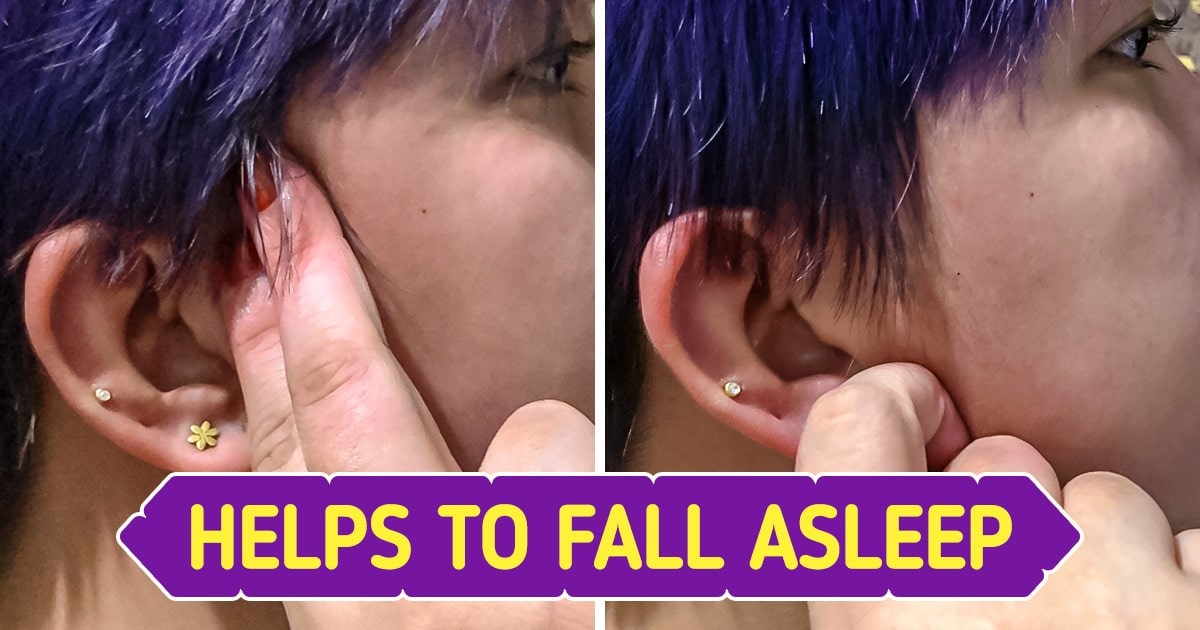Vitiligo is a chronic skin condition characterized by the loss of pigment, resulting in white patches on the skin. While there is no definitive cure, recent research and patient testimonials suggest that adopting a targeted diet and lifestyle can significantly help manage the symptoms. In this comprehensive guide, we explore the concept of a Vitiligo Diet—what it is, how it works, and why integrating dietary changes along with lifestyle modifications might be a crucial component of your overall treatment strategy.
This article is designed to be an authoritative resource on the role of nutrition and lifestyle in managing vitiligo. Whether you are newly diagnosed or looking for supplementary strategies to support your treatment, read on to learn how diet and lifestyle can play a pivotal role in managing vitiligo.
Understanding Vitiligo: Causes, Symptoms, and Challenges
Vitiligo is primarily an autoimmune disorder in which the body’s immune system mistakenly attacks and destroys the melanocytes—the cells responsible for skin pigmentation. This destruction leads to the characteristic white patches that appear on various parts of the body. Although the exact cause remains elusive, genetic predisposition, environmental factors, and autoimmune triggers are believed to contribute to its development.
Key Points to Consider:
- Autoimmune Factors: Vitiligo is linked to other autoimmune conditions, making it essential to adopt a comprehensive approach that addresses overall immune health.
- Genetic and Environmental Influences: Family history and exposure to certain chemicals or stress can exacerbate the condition.
- Psychological Impact: Living with vitiligo can affect self-esteem and mental well-being, which underscores the importance of holistic care.
For additional details on vitiligo’s clinical presentation and management, refer to reputable sources like the Mayo Clinic and Healthline.
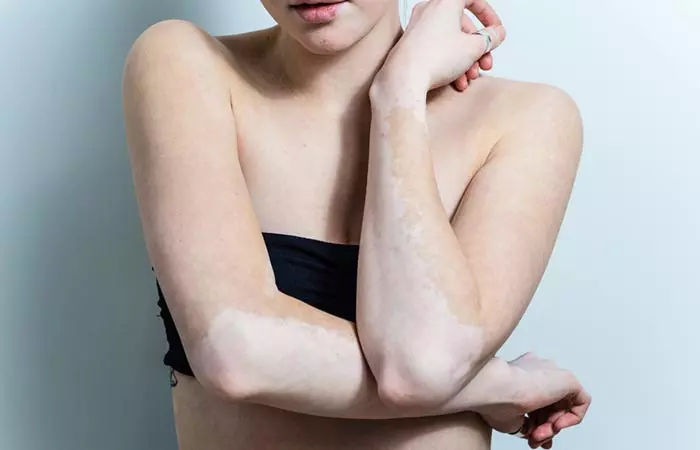
The Role of Diet in Managing Vitiligo
Diet plays a significant role in managing autoimmune conditions by influencing the body’s inflammatory responses and immune system functionality. A Vitiligo Diet focuses on incorporating nutrient-dense, anti-inflammatory, and antioxidant-rich foods that may help restore balance in the body and support skin regeneration.
Why Diet Matters:
- Anti-inflammatory Foods: Reducing inflammation is crucial since chronic inflammation can exacerbate autoimmune responses. Foods rich in omega-3 fatty acids, such as salmon and chia seeds, as well as spices like turmeric and ginger, are beneficial.
- Antioxidants: Consuming a diet high in antioxidants (from berries, leafy greens, and nuts) helps combat oxidative stress, which is known to damage melanocytes.
- Nutrient-Rich Choices: Vitamins A, C, D, and E, along with minerals like zinc and selenium, are vital for maintaining skin health and immune function.
This nutritional approach is not only about mitigating vitiligo symptoms but also about enhancing overall health and preventing other autoimmune complications. For more insights into the impact of diet on autoimmune conditions, see the nutrition advice on WebMD.
Key Nutrients and Foods for a Vitiligo Diet
A well-planned Vitiligo Diet should emphasize whole, unprocessed foods that are both nutrient-dense and supportive of skin health. Here are some of the key components:
Antioxidant-Rich Fruits and Vegetables
Incorporate a variety of colorful fruits and vegetables such as berries, spinach, kale, and bell peppers. These foods are high in vitamins and antioxidants that help neutralize free radicals, thereby reducing oxidative stress and supporting melanocyte health.
Omega-3 Fatty Acids and Healthy Fats
Fatty fish (like salmon and mackerel), flaxseeds, and walnuts are excellent sources of omega-3 fatty acids. These fats play a critical role in reducing inflammation and supporting cell membrane health, which can benefit skin repair processes.
Vitamins and Minerals
- Vitamin C: Essential for collagen production and skin repair, vitamin C is abundant in citrus fruits, strawberries, and broccoli.
- Vitamin E: This antioxidant vitamin protects cells from oxidative damage and is found in nuts, seeds, and green leafy vegetables.
- Zinc and Selenium: Both minerals are integral to immune function and skin health. Foods such as pumpkin seeds, beans, and whole grains can help maintain adequate levels.
Anti-inflammatory Spices
Spices like turmeric and ginger not only add flavor but also provide potent anti-inflammatory benefits. Turmeric contains curcumin, which has been shown to modulate inflammatory pathways, while ginger is known for its antioxidant properties.
Gluten-Free and Dairy-Free Alternatives
For some individuals, gluten or dairy may trigger inflammation. Experimenting with gluten-free grains like quinoa and rice, as well as dairy alternatives such as almond or coconut milk, might prove beneficial. This strategy can help reduce systemic inflammation and improve overall skin condition.
In addition to these specific foods, staying well-hydrated and limiting processed foods, sugars, and artificial additives are essential for a comprehensive dietary strategy. More detailed dietary guidelines can be found through resources like NIH’s nutrition information.
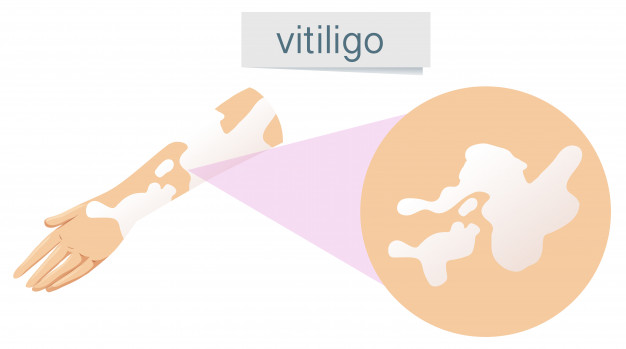
Creating a Customized Vitiligo Diet Plan
A one-size-fits-all approach rarely works for managing chronic conditions. Instead, creating a personalized diet plan is crucial. Here are some steps to help you design a diet that aligns with your health needs:
1. Consult with a Healthcare Professional
Before making any significant changes to your diet, consult with a dermatologist, nutritionist, or dietitian who has experience with autoimmune conditions. They can provide tailored advice based on your medical history and nutritional needs.
2. Track Your Diet and Symptoms
Keeping a food diary can help identify which foods trigger or improve your symptoms. Note any changes in your skin condition after introducing new foods or eliminating potential triggers.
3. Experiment and Adjust
Remember that dietary changes may take time to show results. Gradually introduce new foods and monitor their effects. Flexibility is key—what works for one person might not work for another.
By following these steps, you can develop a customized Vitiligo Diet plan that supports skin health, reduces inflammation, and enhances your overall well-being.

How To Treat Vitiligo: Diet And Lifestyle
Managing vitiligo effectively requires a holistic approach that combines diet with essential lifestyle modifications. Here, we expand on the strategies to treat vitiligo through both nutrition and lifestyle adjustments.
Stress Management and Mental Health
Chronic stress is known to trigger autoimmune responses. Incorporating stress-reduction techniques such as mindfulness meditation, yoga, or deep breathing exercises can help manage your condition. Studies have shown that reduced stress levels can contribute to overall skin improvement and a healthier immune system.
Regular Physical Activity
Exercise is a powerful tool in combating inflammation and improving overall health. Regular physical activity, whether it’s brisk walking, swimming, or yoga, can boost circulation, reduce stress, and support immune function. These benefits collectively contribute to improved skin health and a more balanced immune response.
Quality Sleep and Restorative Practices
Adequate sleep is essential for the body’s healing processes. Ensure that you maintain a consistent sleep schedule and create a sleep-conducive environment. Good sleep hygiene can help regulate hormones and support skin regeneration.
Complementary Therapies
In addition to diet and exercise, some individuals find relief using complementary therapies such as acupuncture, herbal supplements, or topical treatments. While these methods should not replace conventional treatment, they can provide additional support when integrated into a comprehensive care plan. For more detailed information on complementary treatments, refer to Healthline’s guide on alternative therapies.

Integrating Lifestyle Changes with Dietary Modifications
The synergy between dietary changes and lifestyle modifications cannot be overstated when it comes to managing vitiligo. A holistic approach that addresses both nutrition and overall wellness offers a comprehensive strategy for reducing inflammation and promoting skin health.
Building a Daily Routine
Start by setting small, achievable goals. Whether it’s incorporating one new vegetable into your meals each week or dedicating ten minutes a day to mindfulness, gradual changes can lead to significant long-term benefits.
Creating a Supportive Environment
Surround yourself with supportive friends, family, or online communities who understand the challenges of living with vitiligo. Sharing your journey can provide emotional support and practical tips that enhance your overall lifestyle and dietary regimen.
Monitoring and Adjusting
Regularly assess how your diet and lifestyle changes are impacting your vitiligo symptoms. This may involve periodic consultations with your healthcare provider and adjustments to your plan based on your progress and feedback.

The Benefits of a Vitiligo Diet on Skin Health
A well-executed Vitiligo Diet can yield numerous benefits that extend beyond skin appearance. Here are some of the advantages:
- Enhanced Immune Function: A nutrient-rich diet supports the immune system, reducing the severity of autoimmune responses.
- Improved Skin Regeneration: Vitamins, antioxidants, and essential minerals promote cellular repair and regeneration, which may help restore skin pigmentation over time.
- Reduced Inflammation: Anti-inflammatory foods can lower systemic inflammation, a key factor in the progression of vitiligo.
- Overall Well-Being: By embracing a healthier diet and lifestyle, you not only target vitiligo symptoms but also improve cardiovascular health, mental clarity, and energy levels.
Real Life Success Stories and Case Studies
Numerous individuals have reported improvements in their vitiligo symptoms after adopting a tailored diet and lifestyle regimen. While individual results vary, several case studies indicate that nutrient-dense diets combined with stress reduction and exercise can lead to noticeable improvements in skin tone and overall quality of life.
For instance, a study published in a reputable journal found that participants who incorporated a diet high in antioxidants and omega-3 fatty acids showed a decrease in skin depigmentation over several months. Although further research is needed, these promising results underscore the potential benefits of a comprehensive dietary approach. For more scientific insights, consider exploring research available on PubMed.
Frequently Asked Questions About Vitiligo Diet
Q: Can changing my diet really improve vitiligo symptoms?
A: While diet alone is not a cure, many patients report that a balanced, nutrient-rich diet can help reduce inflammation and support skin health, potentially improving vitiligo symptoms when combined with conventional treatments.
Q: What foods should I avoid if I have vitiligo?
A: It’s generally recommended to reduce the intake of processed foods, sugars, and potential allergens like gluten or dairy if you notice they trigger inflammation. However, dietary needs can vary, so personalized advice from a healthcare professional is essential.
Q: How long does it take to see results from a Vitiligo Diet?
A: Dietary changes may take several weeks or even months to show noticeable improvements. Patience and consistency are key, and ongoing monitoring with your healthcare provider is advisable.
Q: Are there supplements that can help with vitiligo?
A: Some supplements, such as vitamin D, vitamin B12, and antioxidants, may support skin health. However, always consult your doctor before starting any new supplement regimen.
Conclusion and Next Steps
A Vitiligo Diet, when combined with strategic lifestyle modifications, offers a promising pathway to managing the challenges of this autoimmune condition. While no single solution works for everyone, integrating nutrient-dense foods, stress management techniques, regular exercise, and proper sleep into your daily routine can contribute significantly to better skin health and improved overall well-being.
If you’re considering dietary changes to support your vitiligo treatment, remember to consult with a healthcare professional to tailor a plan that meets your specific needs. By taking a proactive, holistic approach, you can empower yourself to manage vitiligo more effectively and improve your quality of life.
For additional tips on maintaining a healthy lifestyle while managing autoimmune conditions, check out resources from the Mayo Clinic and Healthline. Embrace the journey towards better health, and remember that small, consistent changes can lead to significant improvements over time.
